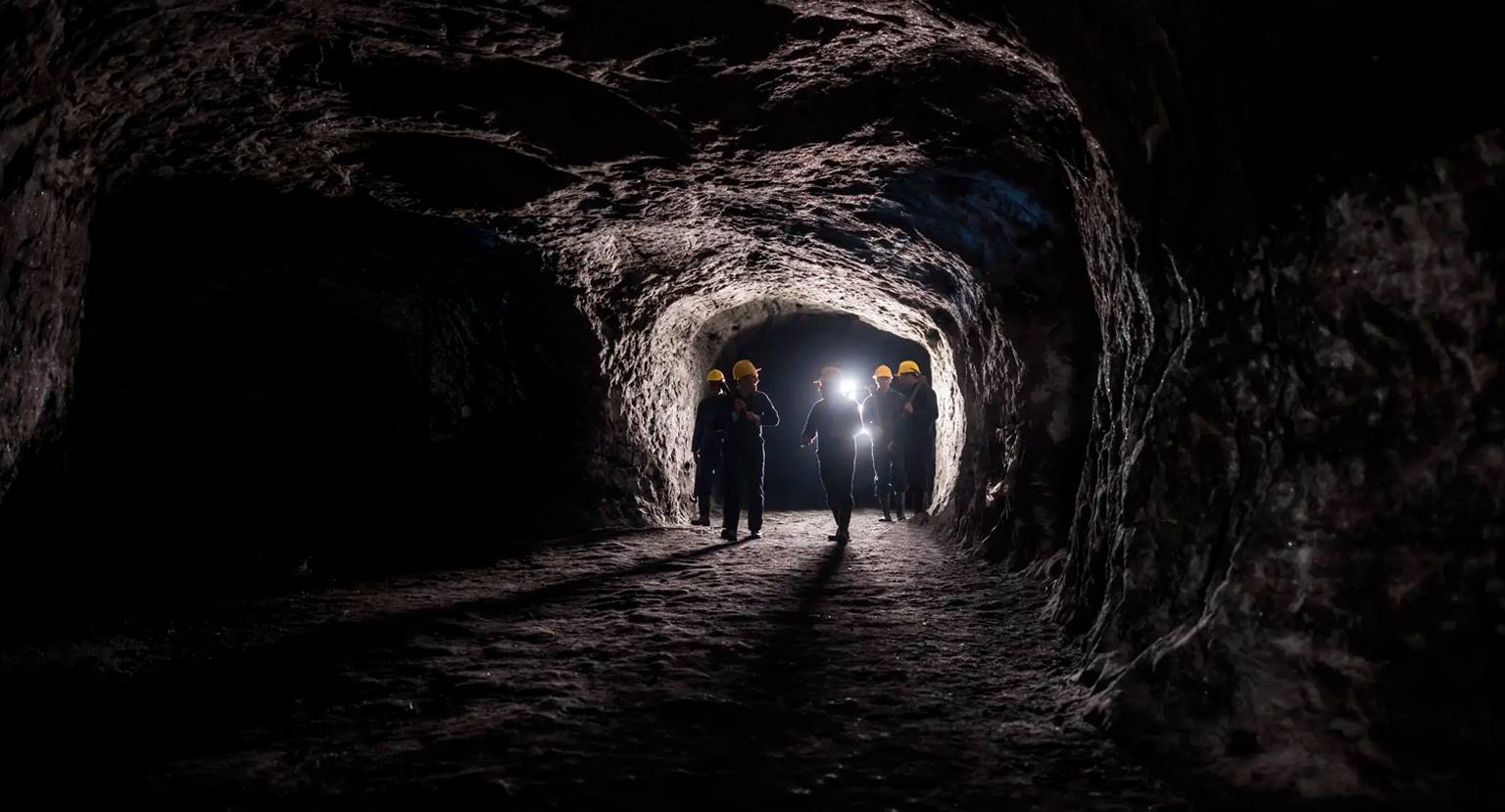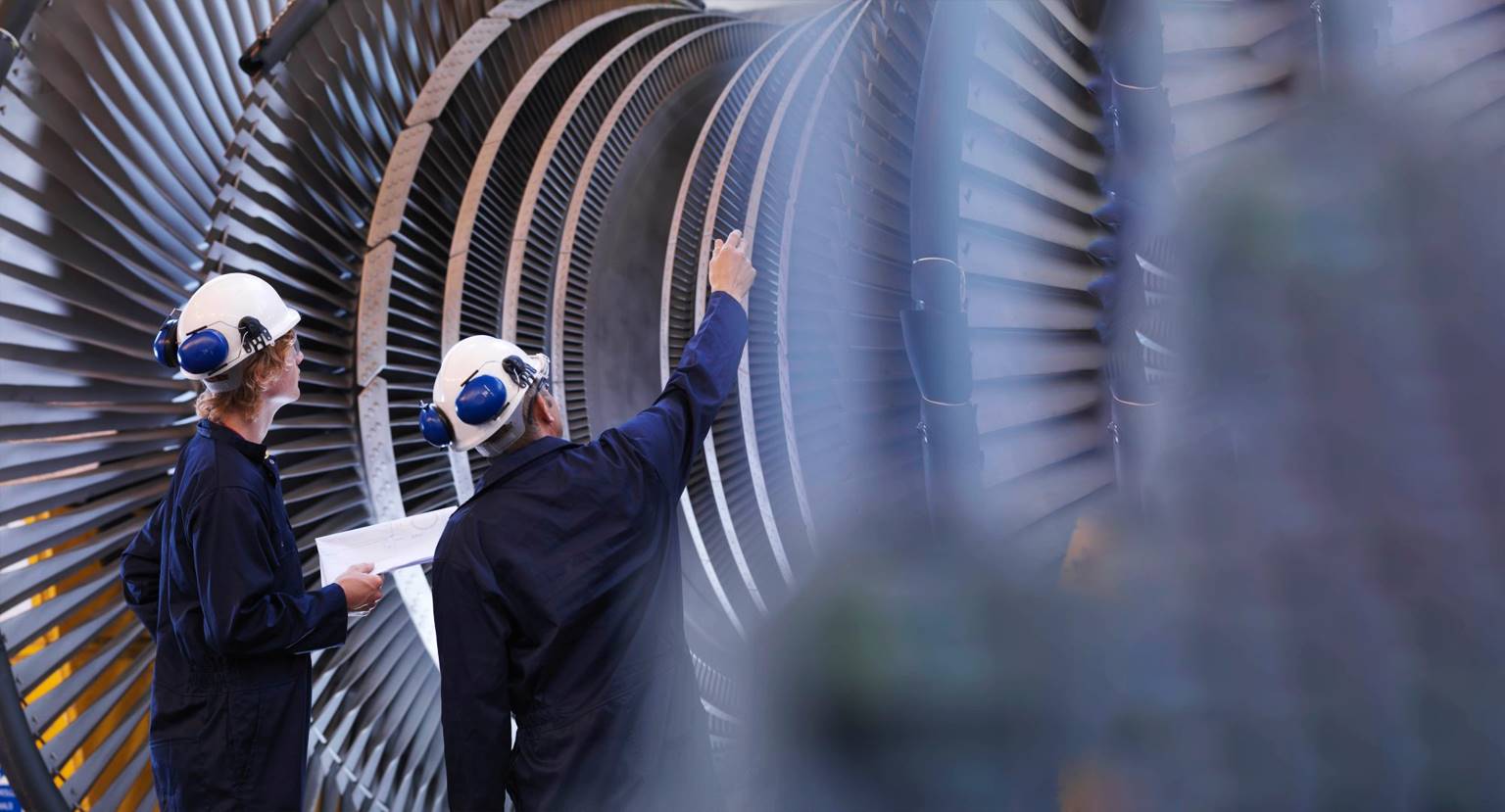Subscribe
Get the latest on HIDROpump news and events.
Complete the following box with your email and join this great team.
Pumping devices play a fundamental role in keeping our planet in constant motion. Still, opportunities to improve efficiency and reliability can often be overlooked.
This situation can occur when manufacturers dont take into consideration the needs and the new demands that may be placed on the system, starting with its installation.
Many times, these opportunities are overlooked because the levels of savings that could be achieved are not taken into acccount.
For this reason, multiple perspectives have been developed that must be taken into consideration when it comes to the installation, operation, constant maintenance and replacement (if necessary) of a pumping system. These criteria include basic guidelines to be able to fully optimize the main purpose of a device of this type: to pump.
Some of the factors that must be mapped are the size and power, the liquid to be pumped, the flow, the pressure, the efficiency, the capacity, the reliability and, of course, the cost of the pump.
Even when there’s a certain margin in terms of the performance-reliability and cost ratio, there are many products on display that can also present an added value: energy savings.
In today’s article, we will synthesize these factors through a couple of essential criteria. Are you ready?
The size of the bomb
During the process of choosing a pump, you need to consider how much space you will have to run the pump. If the access section is to be taken into account, the horizontal pumping system, which has its own casing and its bearings, or a pump with bearings that carry the loads, or, finally, an in-line pump -even when its sizes are not interchangeable- they could be the ideal pumps depending on the power and speed demand.
The virtue of monobloc pumps
Monobloc commercial pumps, in contrast to horizontal casing pumps, could perform with a power of up to 150 hp but, in their favor, it can be said that they save 20% of the surrounding space.
The advantages of an in-line pump
However, in-line pumps have been specially developed so that liquids enter and are expelled in a single shaft, thus requiring a fairly small floor space. Thus, in-line pumps occupy almost a third of what a horizontal casing pump would normally occupy.
What are the flow needs and the properties of the liquids to be pumped?
Due to the context in which it is found, it may be necessary to deal with elements such as erosion, corrosion and dirt itself, which affect, over time, the efficiency of the pumping system. These elements can be associated with abrasive, chemical and biological factors characteristic of the environment in which the pumps must generally operate.
Due to this reason, it’s essential to understand what the properties of the liquid are, in order to prevent failures or the need to access to an unforeseen maintenance. Viscosity and temperature, for its part, play a critical role in the process of choosing a pumping system.
In conclusion, pumping systems and their needs may be associated to change depending on use, context and, of course, quality.
For this reason, it is always necessary to rely on the advice of experts such as those we have at HIDROpump. Do not hesitate to contact us!



